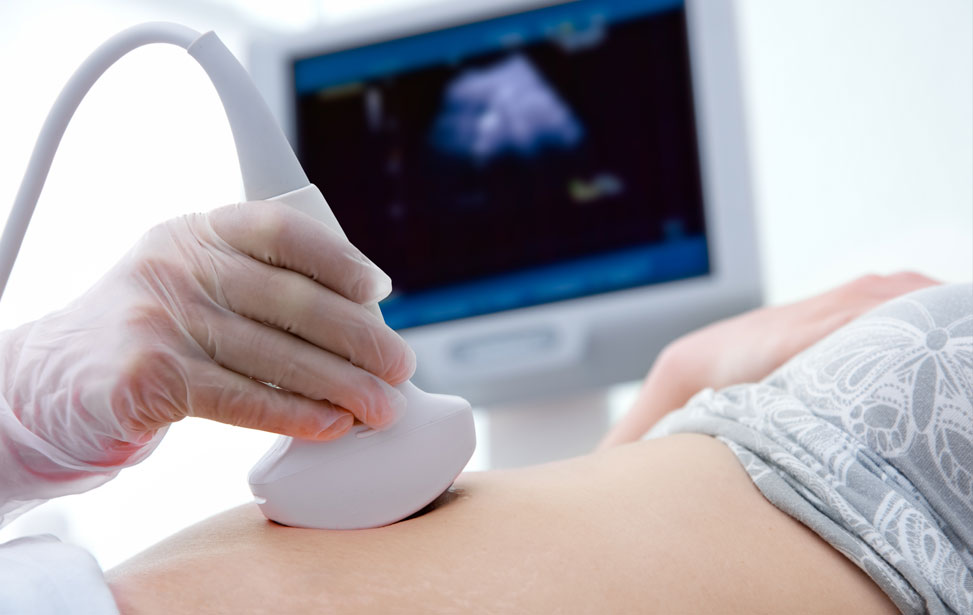A Sonography Centre, also known as an ultrasound or diagnostic imaging center, provides a variety of specialized medical services primarily using ultrasound technology. These centers play a crucial role in modern healthcare by offering non-invasive diagnostic imaging that helps physicians assess and diagnose a wide range of medical conditions. Here’s an overview of the services typically offered at a Sonography Centre:
- Diagnostic Ultrasound: This is the cornerstone service of a Sonography Centre. Diagnostic ultrasound uses high-frequency sound waves to create real-time images of structures inside the body. It is used to examine organs such as the liver, kidneys, pancreas, gallbladder, bladder, uterus, ovaries, prostate, and thyroid. Ultrasound is also effective in assessing blood flow through vessels and identifying abnormalities in soft tissues.
- Obstetric Ultrasound: This service focuses on monitoring fetal development during pregnancy. Obstetric ultrasound helps determine the baby’s growth, position, and overall health. It is used to confirm pregnancy, estimate due dates, detect multiple pregnancies, evaluate the placenta and amniotic fluid, and detect any abnormalities in the fetus.
- Gynecological Ultrasound: Specifically for women’s health, gynecological ultrasound evaluates the reproductive organs such as the uterus, ovaries, and fallopian tubes. It is used to diagnose conditions such as ovarian cysts, uterine fibroids, abnormal bleeding, and infertility issues.
- Vascular Ultrasound: This service examines the blood flow and circulation in the body’s blood vessels. Vascular ultrasound helps diagnose conditions such as peripheral artery disease (PAD), deep vein thrombosis (DVT), varicose veins, and carotid artery disease. It assesses blood flow through arteries and veins to identify blockages, narrowing, or other abnormalities.
- Musculoskeletal Ultrasound: This specialized service focuses on assessing muscles, tendons, ligaments, joints, and soft tissues. It is used to diagnose conditions such as tendonitis, tears in muscles or ligaments, bursitis, arthritis, and other musculoskeletal disorders. Musculoskeletal ultrasound is also used to guide injections and other therapeutic procedures.
- Breast Ultrasound: Often part of a comprehensive breast imaging program, breast ultrasound helps evaluate breast lumps, cysts, or other abnormalities detected through mammography or physical examination. It is particularly useful in distinguishing between solid masses and fluid-filled cysts.
- Interventional Ultrasound: Some Sonography Centres offer interventional ultrasound procedures. These include guided biopsies, aspirations, and injections. Interventional ultrasound combines imaging with minimally invasive techniques to obtain tissue samples or perform therapeutic procedures under real-time visualization.
- Pediatric Ultrasound: Tailored for infants and children, pediatric ultrasound assesses conditions specific to young patients, including congenital abnormalities and developmental issues affecting various organs.
- 3D/4D Ultrasound: Advanced imaging techniques like 3D and 4D ultrasound provide detailed, three-dimensional views of the fetus in obstetric scans. These techniques offer enhanced visualization of fetal anatomy and can capture real-time movements, providing a more comprehensive assessment during pregnancy.
- Emergency and Point-of-Care Ultrasound: Increasingly used in emergency settings, point-of-care ultrasound allows for rapid assessment and immediate decision-making in critical situations. It aids in diagnosing conditions such as trauma, abdominal pain, and other acute medical issues quickly and accurately.
Sonography Centers are staffed by trained sonographers, radiologists, and other healthcare professionals who specialize in conducting and interpreting ultrasound examinations. They work closely with referring physicians to provide accurate diagnoses and timely reports that guide patient management and treatment decisions. These centers play a pivotal role in healthcare by offering safe, non-invasive imaging options that contribute significantly to patient care and diagnostic accuracy.





Comments